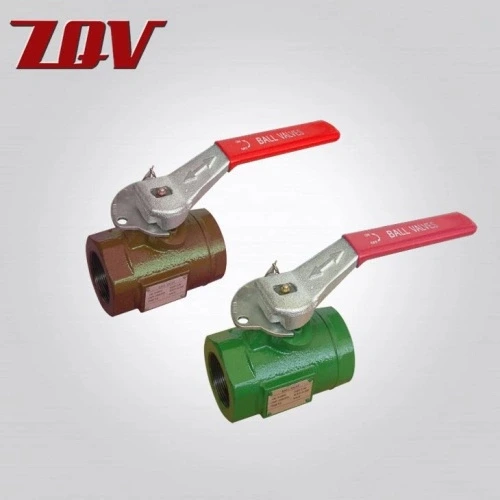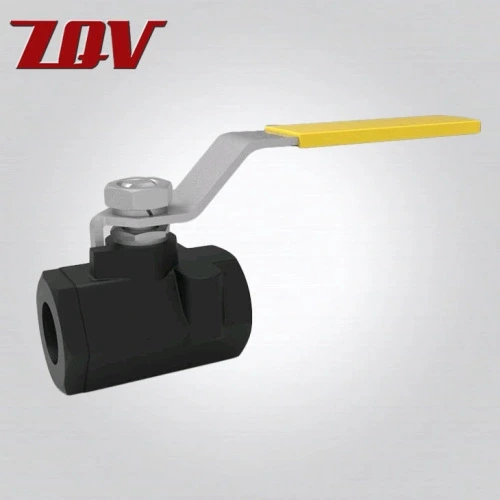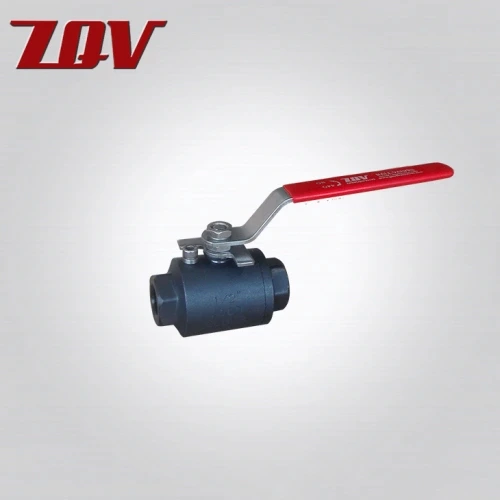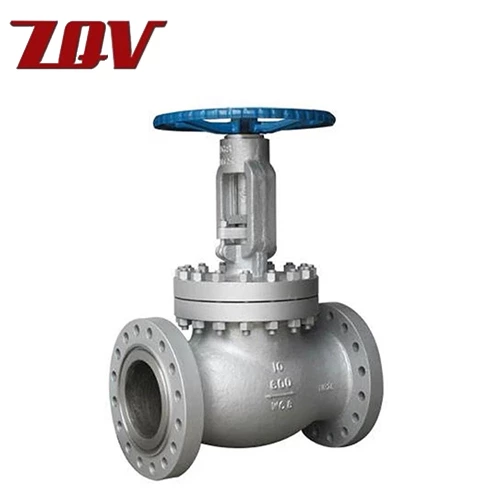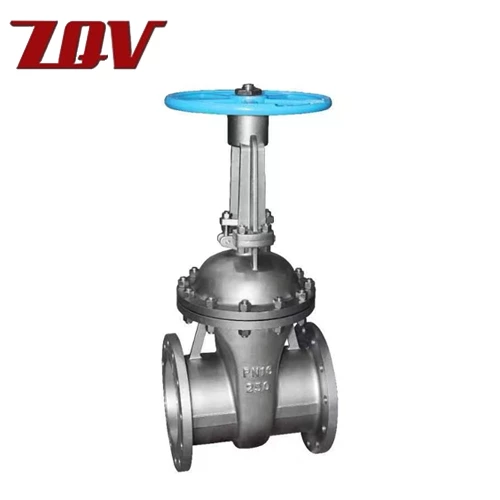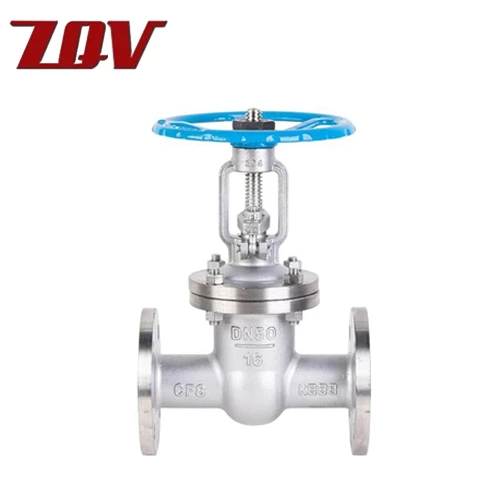What Are The Precautions For Stainless Steel Threaded Ball Valves?
3 piece threaded ball valve are commonly used control devices in pipeline systems, widely applied for the control and regulation of fluids such as water, gas, and oil. They are widely used in industrial fields due to their advantages such as corrosion resistance, high temperature resistance, and high strength. However, when using stainless steel threaded ball valves, the following points should be noted to ensure their good performance and long service life:
Selecting the Appropriate Specifications and Models
-
When selecting 3000 psi stainless steel ball valve, the appropriate valve specifications and models should be chosen based on the actual needs of the pipeline. Factors such as pipeline diameter, working pressure, and fluid characteristics need to be considered to ensure that the valve's performance matches the pipeline system.
Installation Location and Method
-
The installation of threaded ball valves requires ensuring the correct connection method between the valve and the pipeline. During installation, ensure that the valve's inlet and outlet directions are consistent with the pipeline flow direction.
-
For threaded ball valves, special attention should be paid to the matching of the pipeline threads and the valve threads to avoid leakage.
Pre-Installation Inspection
-
Before installation, the appearance and internal structure of the 6000 ball valve should be inspected to ensure there is no damage, scratches, or other defects.
-
Check that the valve sealing surface is intact and clean, ensuring that there are no impurities or corrosive substances affecting the sealing effect.
Avoid Over-Tightening
-
During installation, pay special attention to avoid over-tightening the threaded ball valve. Over-tightening may damage the threads or break the valve body, affecting its normal operation.
Operate Gently
-
When opening and closing the stainless steel threaded ball, the operation should be gentle, avoiding rapid operation. Rapid opening or closing may damage the valve sealing surface, affecting its service life.
Avoid High or Low Temperature Environments
-
Although stainless steel ball valves have good high-temperature resistance, excessively high or low ambient temperatures may still cause changes in the valve material, even leading to seal failure. Therefore, ensure the valve operates within the appropriate temperature range.
Regular Inspection and Maintenance
-
Regularly check the sealing performance of the vintage ball valve 3000 psi to ensure there are no leaks. This can be done by immersing it in water or applying soapy water.
-
Regularly clean the valve sealing surface to remove deposits and impurities, preventing them from obstructing the valve's normal opening or closing.
Avoid Contact with Corrosive Fluids
-
Although stainless steel has good corrosion resistance, prolonged contact with highly corrosive fluids (such as strong acids and alkalis) can still cause corrosion on the valve surface. Therefore, if the fluid contains corrosive substances, valves made of special, more corrosion-resistant materials should be selected.
Pay Attention to Pressure Testing
-
Before installation and commissioning, a pressure test should be performed to ensure that the valve can withstand the working pressure of the pipeline system and that its sealing performance is good.
Avoid Prolonged Inactivity
-
If the valve is not used for a long time, it may lead to dust accumulation inside the valve or poor sealing. Regularly operating the valve, even if it does not need to be fully opened or closed, helps maintain its normal condition.
Summary
While stainless steel threaded ball valves are very convenient and efficient, they can only achieve their maximum effect when correctly selected, installed, operated, and maintained. Following the above precautions can not only extend the service life of the valve but also improve the safety and efficiency of the entire pipeline system.


